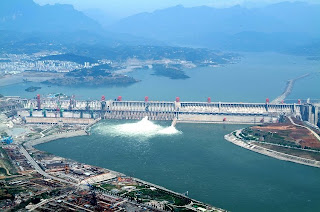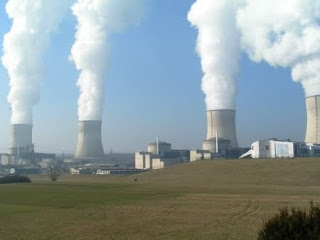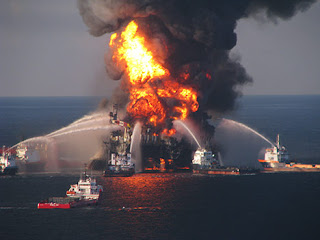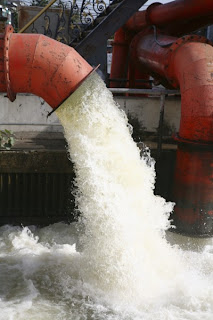Hello again, I am finally going to blog regularly because a) our fans want it and b) I am writing this stuff up for PR and news anyway, and might as well get it all together. Look for regular posts, and Tweets even, now we have hired Michelle Holmes as our new Executive Assistant and marketing wizard. Michelle has a Masters in Environmental Studies from Evergreen College, worked in the Peace Corps in Africa, and has been a marketing manager for several companies. One of her tasks is to make me write blogs. I suppose it's inevitable.....
Now to updates:
Hydrovolts Class 1 small size turbine will be installed this Friday in Roza Irrigation canal for a month of testing in various configurations and sites.
Big turbine for India customer is being assembled and will be installed mid June for several months, with milestone date of Aug 15.
US Navy has requested Hydrovolts provide turbines for testing in september at Navy’s facility near Washington DC, at Navy expense
Student at US Naval Academy at Annapolis has demonstrated Hydrovolts turbines work as wave energy turbines, and Hydrovolts is now negotiating a Cooperative R&D Agreement with the Academy. Hydrovolts CEO Burt Hamner was an invited speaker to the Academy's meeting of the Society of American Military Engineers.
Hydrovolts has hired a new Marine Business Director with great success winning large Navy contracts. Brian Williams starts May 15.
Harvard engineering students have nearly completed their model Flipwing turbine and are testing it by towing it in Harvard's Olympic swimming pool. At least one Harvard student will be an intern for Hydrovolts working with Harvard this summer.
Company just recognized as an Artemis Top 50 Water Technology company, and as a Global Innovator by the Katerva Foundation. (yeah, I never heard of them either, www.katerva.org)
Company is presenting next week in San Francisco at the Investors Circle Spring Forum, and at TechConnect in Boston in June.
Company has retained the business advisory firm Sierra Asia to help find a business partner in China and begin our market entry process for China. Though this is daunting and even feels premature, it's necessary to protect our intellectual property and will take a while to accomplish.
Fundraising for Series A2 Preferred Stock proceeding steadily; $200k out of $600k is soft circled firm, and another $250k is soft soft. Full subscription expected by mid June, can close with $300k. Interested persons please contact
Hydrovolts will hold an investors open house and cocktails on Tuesday May 10 at 4-6 pm at the McKinstry Innovation Center. The McKinstry factory tour starts at 4:30. This is for potentially interested investors, current investors, and key business partners. Please RSVP to Burt@hydrovolts.com or 206 491 0945.

























